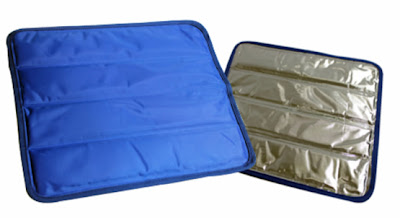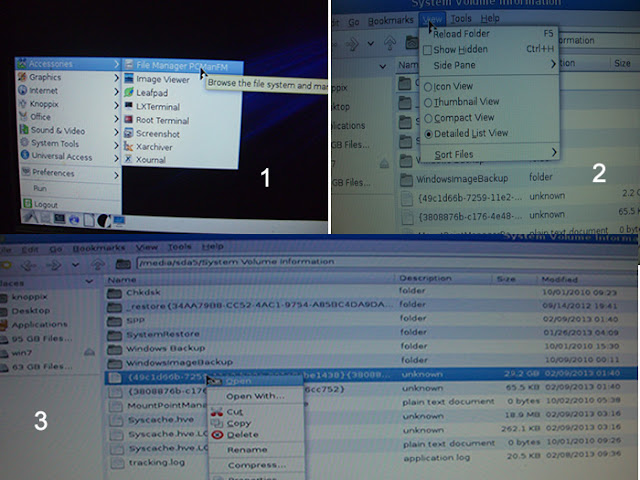11 April 2013
Introduction
Sizing a chiller for the Aquarium can be a difficult task as the tanks come with various dimensions and sizes; also, some aquarium set up can be so different that one would have to work out the detailed heat gain and loss to size a chiller. This article will give 2 methods on sizing a chiller.
How to Select the Right Size Chiller
Many aqua and reef enthusiasts pick up some knowledge here and there. Some uses the one size larger rule and some just blatantly use figures provided by the manufacturers. Some suggested that chiller should be large enough so that it won’t run longer than half an hour on each start. Some preferred shorter operating time citing lesser wear on the compressor.
The correct chiller sizing should depend on heat loads transmitted into or out of the tank. There are basically the following heat losses/gains that can be found in an aquarium tank;
1) The heat gain from the light fittings
2) The heat gain from the pump or in-line filter
3) The heat gain transmitted through the exposed glasses
4) The heat gain from the occupants
5) The heat gain through surface and the heat loss from evaporation
6) Others heat gain such as those from internal circulating pumps, wave makers etc
As the calculation involves complicated thermodynamics and air conditioning engineering, it would not be discussed here. Those interested can read up
this article.
Most enthusiasts just use rules of thumb. The thumb rule of using one size larger appear to be more appropriate because the manufacturer’s guideline often did not consider the extra heat load from the other equipment such as lights, pumps etc; also, the chiller will age and lost efficiencies. Then one might want to add more equipment such as more pumps in future. Some manufacturers could also over-rate their chillers.
Method 1: Using JBJ Website
JBJ has a website that one can use to
size various chillers.
Please note the following when using the website:-
a) For metric to imperial conversion, use the formula degree F= degree C * 9/5 +32 and 1 US gallon = 3.8 litres;
b) Remember that actual water temperature refers to maximum water temperature which should be around 30C or 87F for Singapore;
c) A 40 watts fluorescent fitting will give 50 watts of heat; 40 watts for the lamp and 10 watts for the ballast (25% for magnetic ballast, 20% for electronic ballast and 15% for LED driver);
d) Assume full tank volume and not actual water volume to be safe.
e) It is still good to up one size larger after the calculation.
The term horsepower (HP) is often used for sizing a chiller. One can take that 1 HP=2800 watts of cooling power. Divide that by COP of the chiller (1.3 for freon and 0.55 for Peltier), one should get roughly the power inputs in electricity watts.
Method 2: Using Table Selection
The following were assumed when working out the table:
1. The Bulkhead heat load is around 0.6 watts per US gallon;
2. The pump heat load is around 0.5 watts per US gallon;
3. The overhead lighting load is around 4 watts per US gallon;
4. The maximum temperature across the glass is 5.5 degree C
The manufacturers appear to suggest the chiller should be sized such that the chiller should cycle on 15-20 minutes an hour for chiller to run about 6-8 hours per day. Depending on the setting of the temperature and the water flow rates, it may be normal for chiller to run for 1 hours and stay off for 2-3 hours before the next cycle.
Other Relevant Sites tinyurl : https://tinyurl.com/ybyepw7p







































